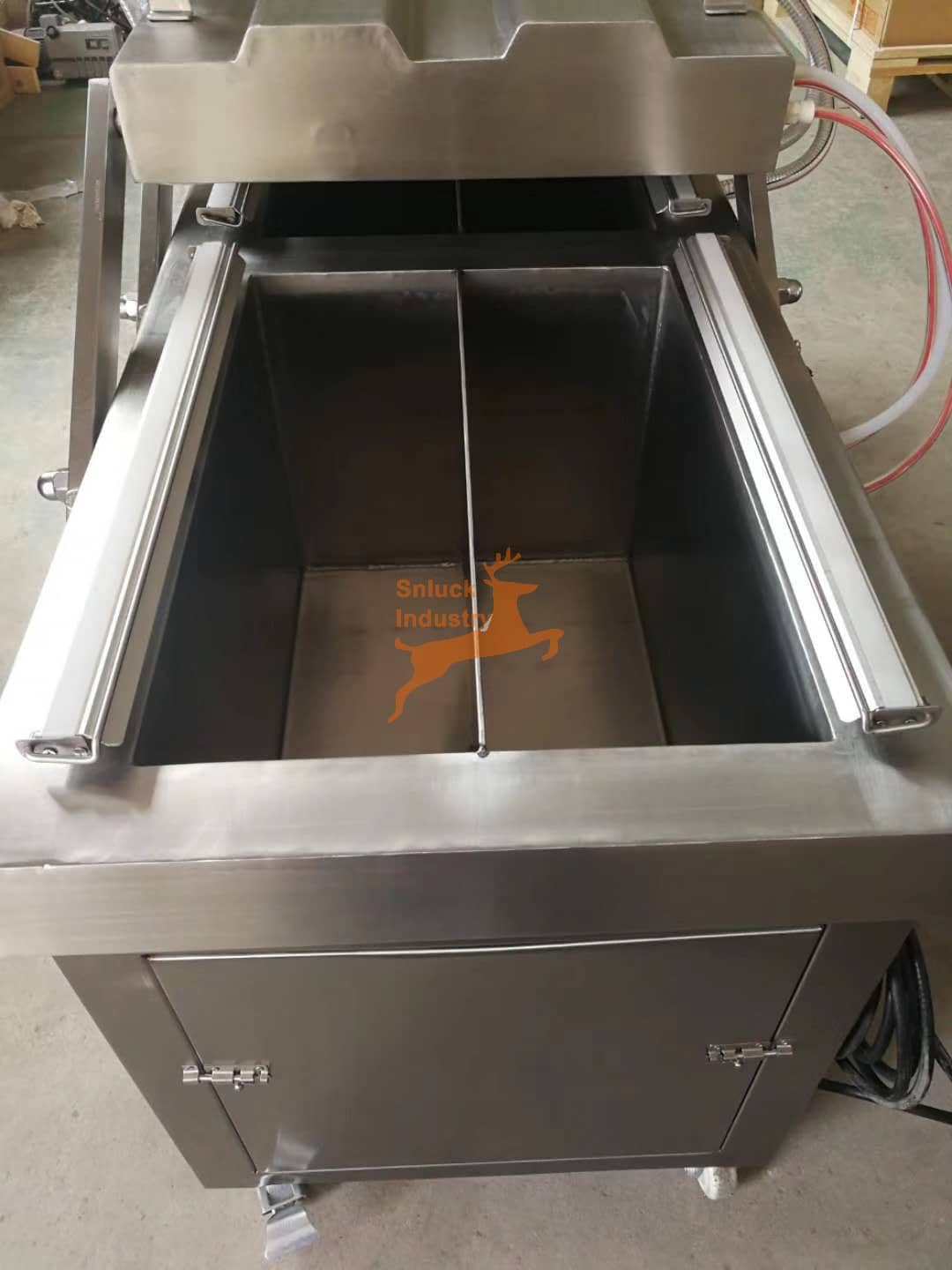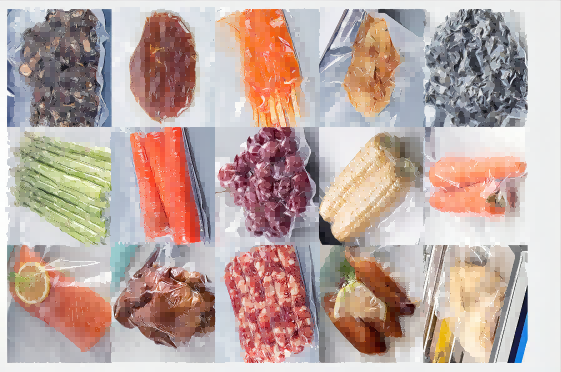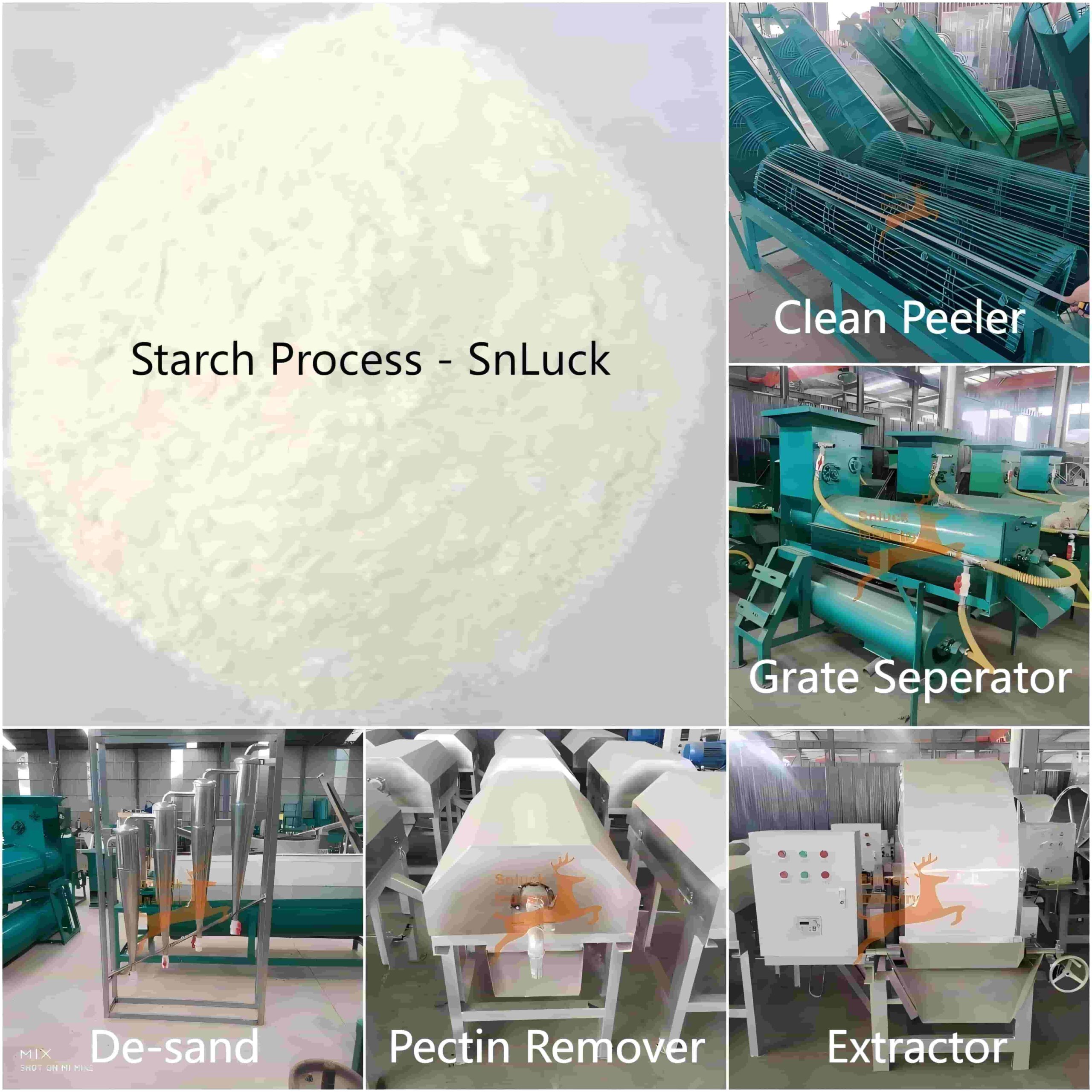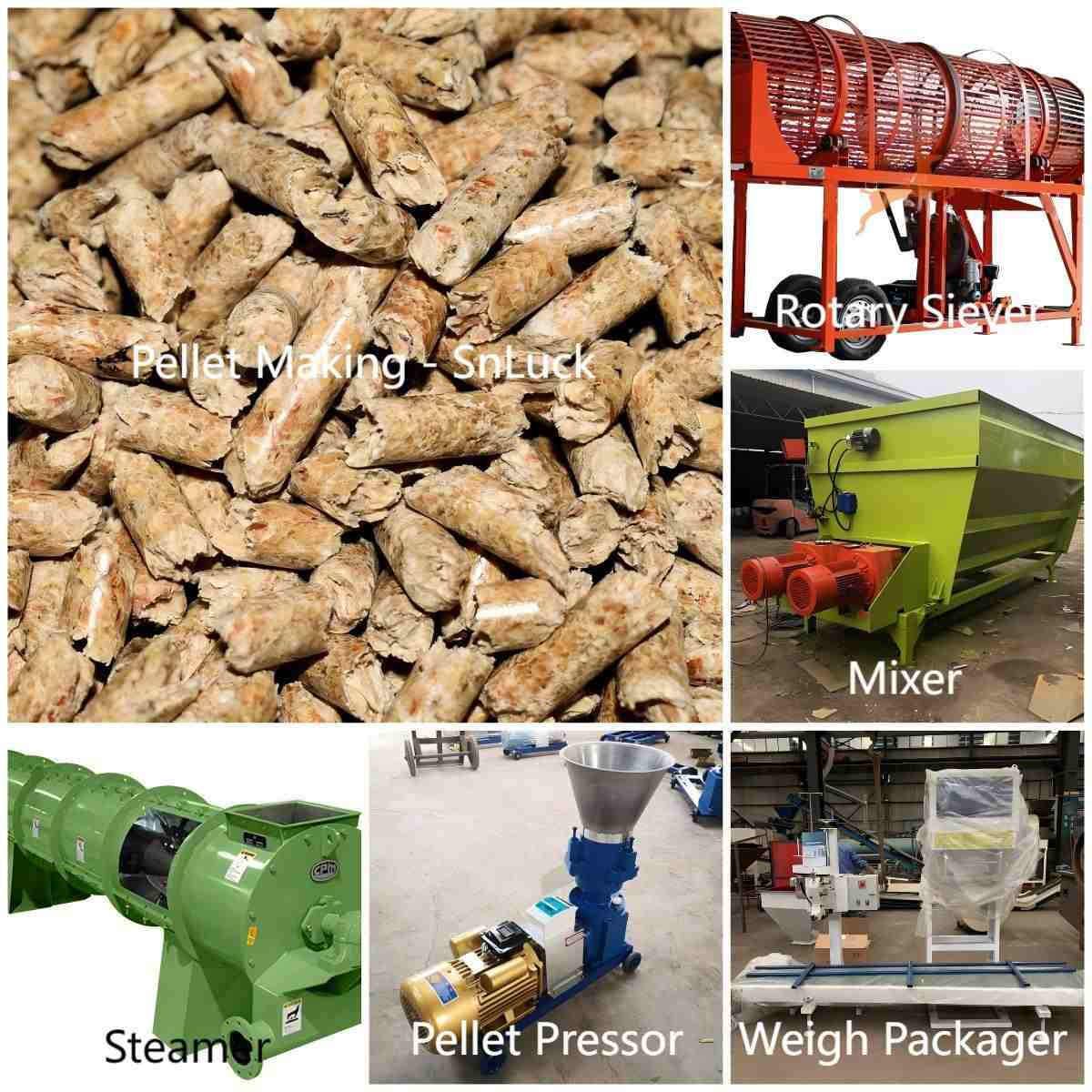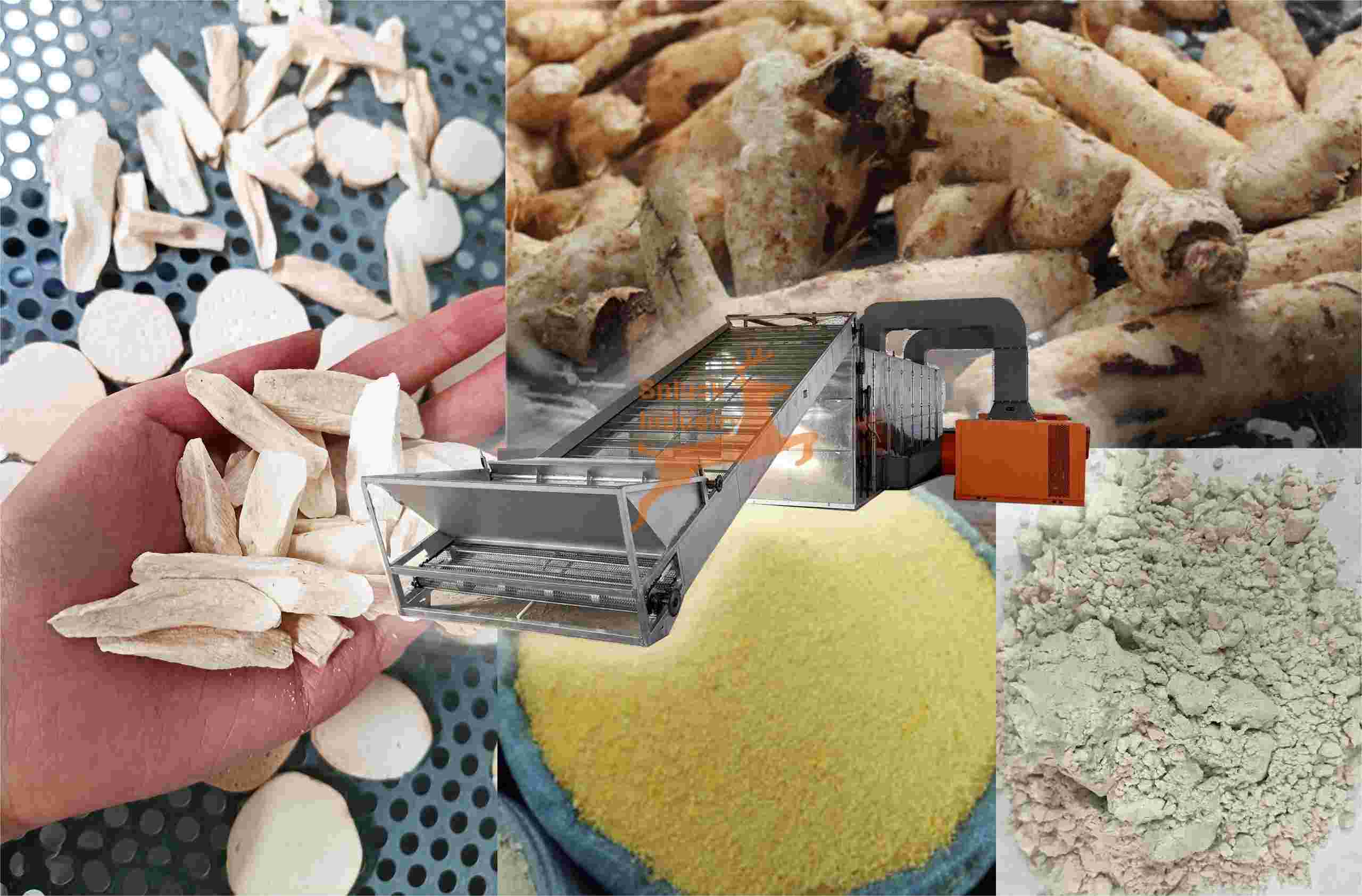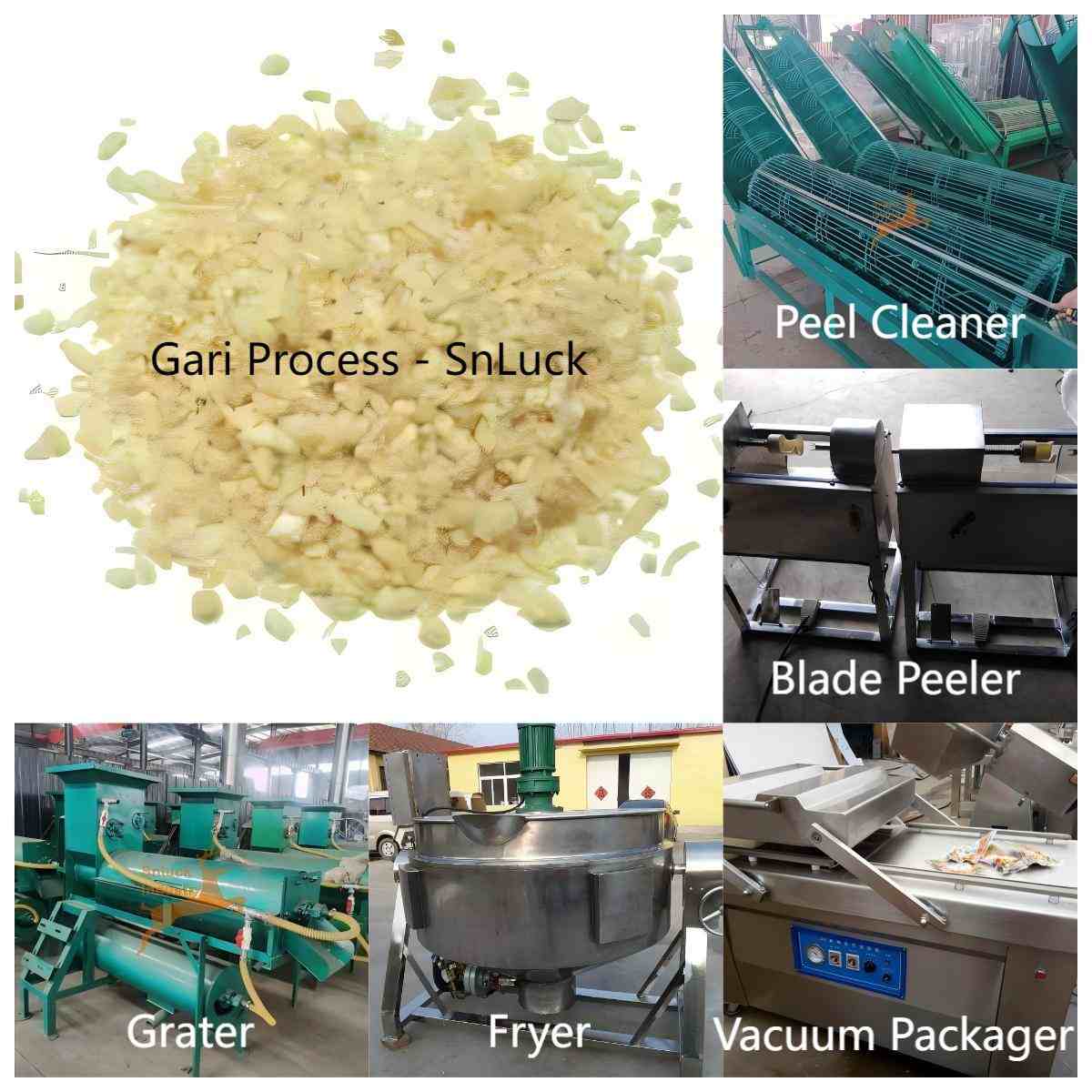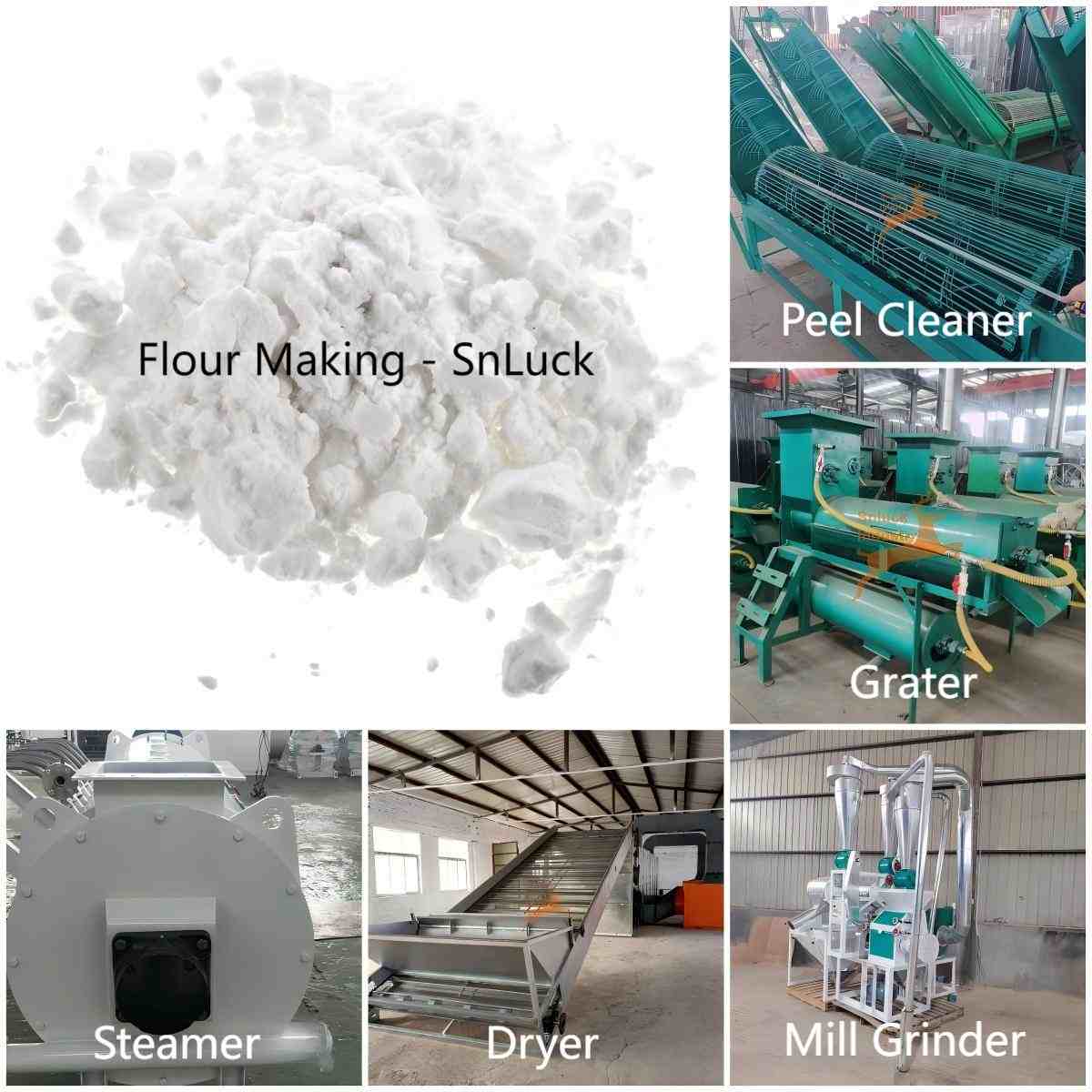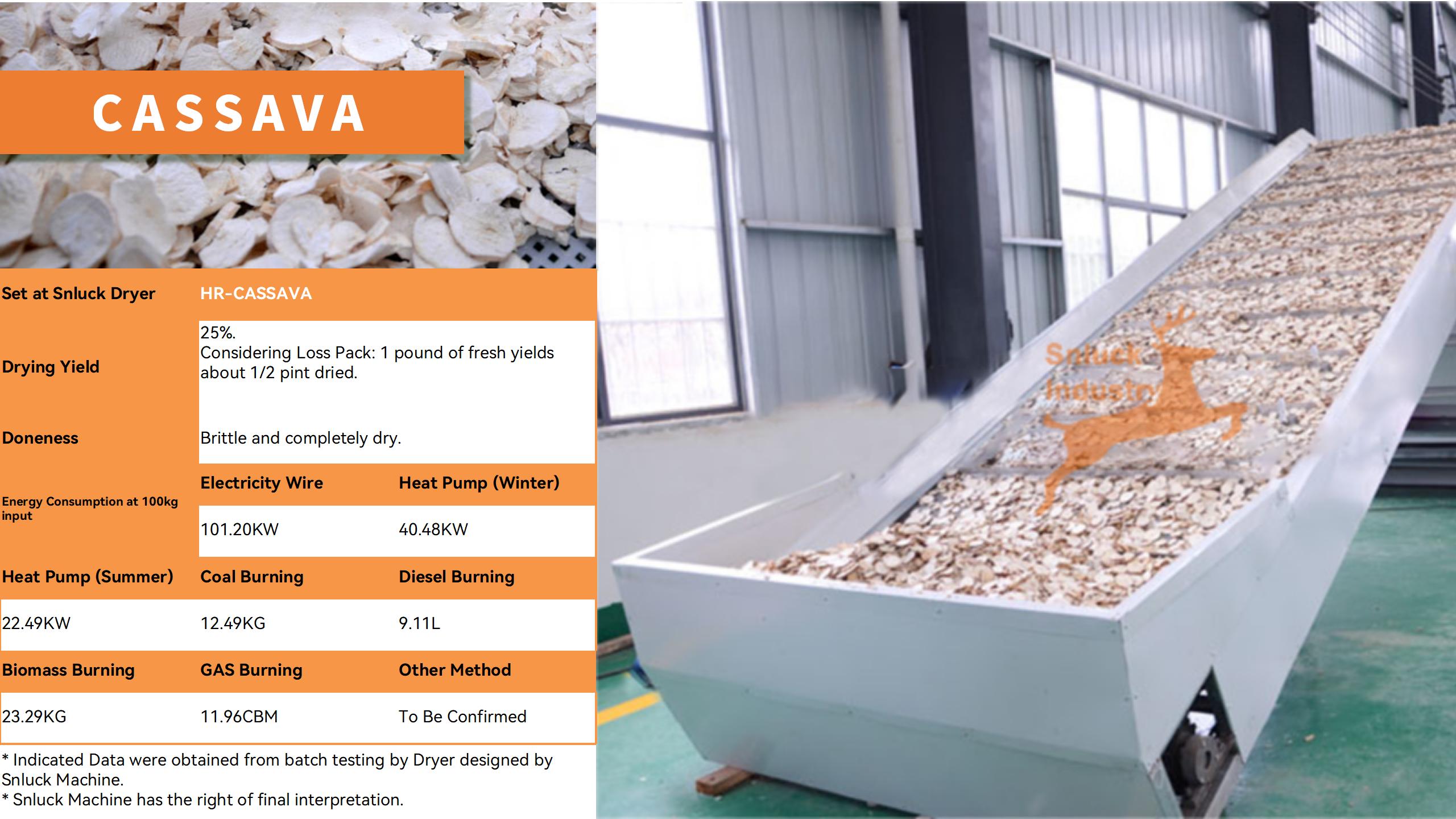Easy Use of Vacuum Packager -
Instruction
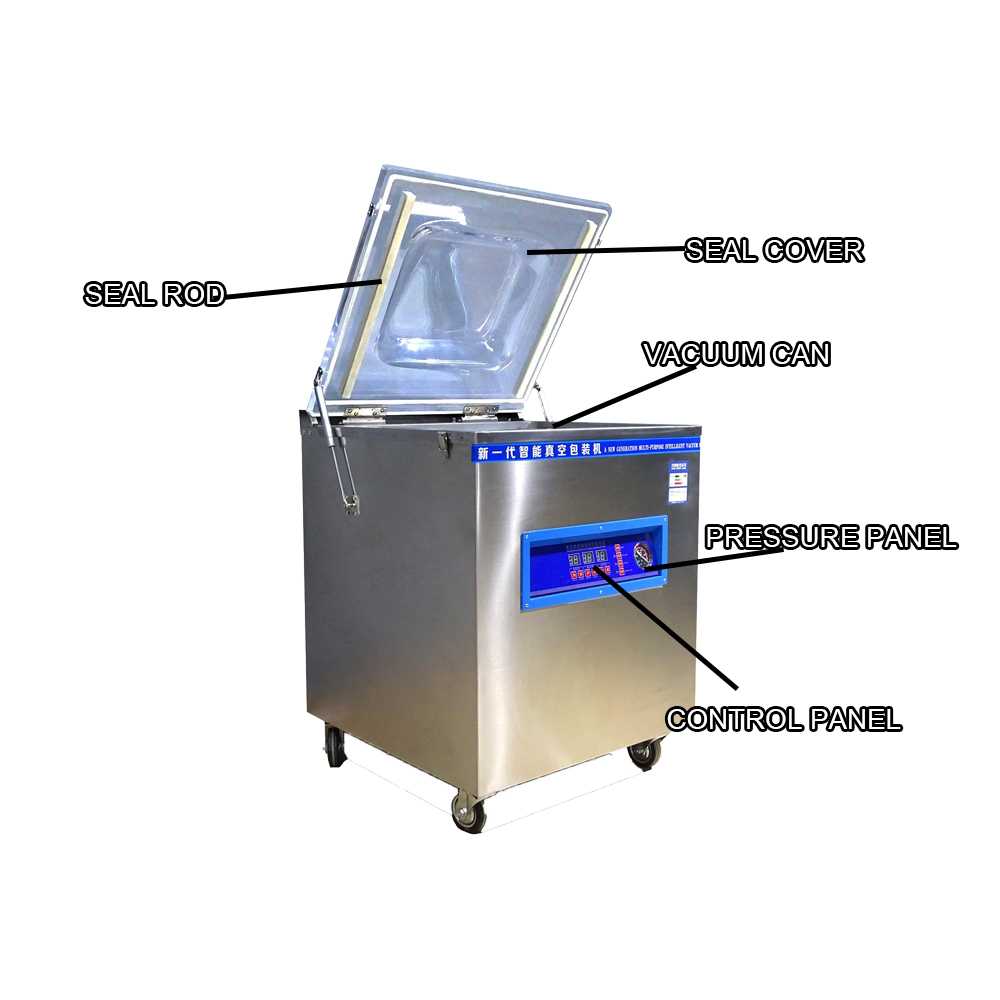
- 1Check the exterior for damage, loose parts, and ensure all safety guards are in place.
- 2Thoroughly clean the vacuum chamber, sealing bar, and other components. Remove any residues from previous use.
- 3Ensure the vacuum pump is in good working condition. Check the oil level (if applicable) and the integrity of the hoses.
- 4Place the appropriate sealing bags or films in the equipment. Make sure they are the correct size and type for the products to be packaged.
- 5Put the filled bags in the vacuum chamber, ensuring the open end of the bag is accessible for sealing.
- 6Adjust the vacuum level, sealing time, and pressure according to the type of products and packaging materials.
- 7Close the chamber door securely and start the vacuum pump. Monitor the vacuum gauge to ensure the desired level is reached.
- 8Once the desired vacuum level is achieved, start the sealing mechanism. Apply heat and pressure to seal the opening of the bag.

